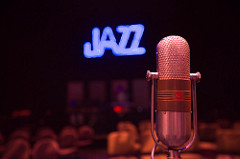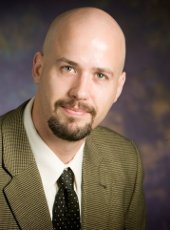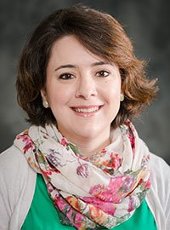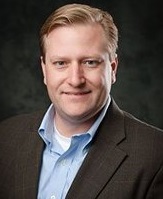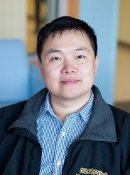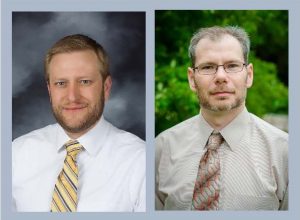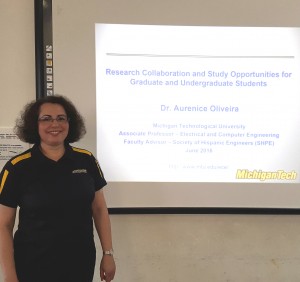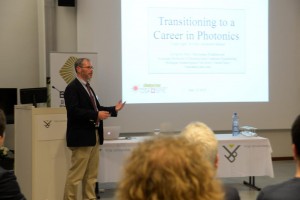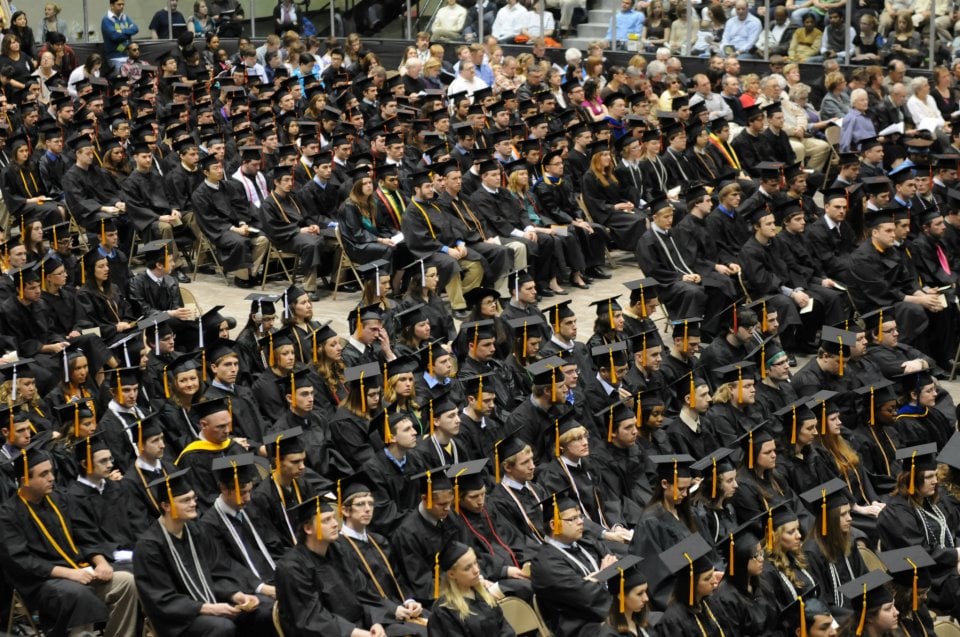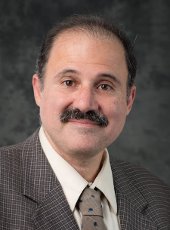
This paper, by Mohsen Jamalabdollahi (WLPS), and Seyed Reza Zekavat (ECE/WLPS), introduces a novel and effective ranging approach in Non-Homogeneous (NH) media consisting of frequency dispersive submedia via time-of-arrival (ToA) and Direction-of-Arrival (DoA) merger. Exploiting this technique, sensor node can be localized with in variety of NH media such as underground layers with different water content, airborne to underwater channels or even human body.
Moreover, this technique proposes a novel approach which can be utilized for layer thickness detection which have an prominent impact on the area of geoscience and remote sensing.
This paper is published in IEEE Transactions on Geoscience and Remote Sensing which is ranked the second journal in area of remote sensing according to Scholar google metrics.
